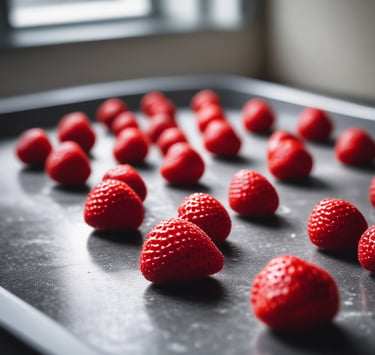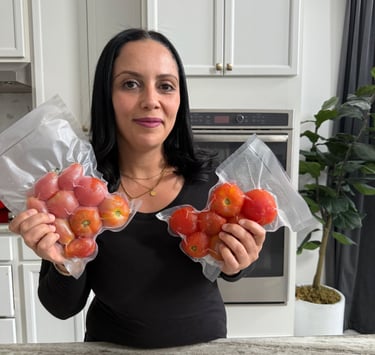How to Freeze Potatoes the Right Way: Step-by-Step Guide
Learn how to freeze potatoes step-by-step to preserve their flavor, texture, and nutrition. From blanching to storage, this guide covers everything you need to know to prep and store potatoes in the freezer the right way.
FREEZE & STORE SMARTSMART COOKING SHORTCUTSFREEZER READY SERIES
BY EYA
How to freeze Potatoes the Right Way?
Freezing potatoes is a fantastic way to reduce food waste and have ready-to-use ingredients on hand. Whether you're prepping for busy weeknights or preserving a bountiful harvest, this method ensures your potatoes maintain their texture and flavor.
Welcome To Smart Kitchen BY EYA
Hi, I’m EYA — here to help you cook smarter, save time, reduce food waste, and make the most of every corner of your kitchen.
Step 1: Wash, Peel, and Cut the Potatoes
Begin by thoroughly washing your potatoes to remove any dirt. Peeling is optional, but it helps in achieving a smoother texture post-freezing. Cut the potatoes into your desired shape—cubes, slices, or wedges—keeping the sizes uniform for even cooking later.
How to freeze Potatoes the Right Way? - Video
Frozen potatoes offer the convenience of ready-to-use ingredients for a variety of dishes. You can cook them straight from the freezer without the need for thawing. They are excellent for roasting, frying, or incorporating into soups and stews, making meal preparation quick and efficient.
Tips for Using Frozen Potatoes
Cooking: Utilize frozen potatoes directly in your recipes. There's no need to thaw them beforehand. Whether you're roasting them to a crispy perfection, frying them for a delicious side dish, or adding them to hearty soups and stews, frozen potatoes can handle it all.
Seasoning: To get the most flavor out of your frozen potatoes, season them either during the cooking process or after they have thawed. This approach ensures that the spices and herbs adhere well and infuse the potatoes with rich flavors.
Portioning: When freezing your potatoes, consider dividing them into meal-sized portions. This practice helps avoid thawing more than you need, reducing waste and maintaining the quality of your stored potatoes. By having pre-portioned amounts, you can easily grab just the right amount for your culinary needs.
These tips will help you make the most of your frozen potatoes, ensuring they remain a versatile and time-saving ingredient in your kitchen.
Step 2: Blanch the Potatoes
Blanching is an important step to stop enzyme actions that might cause spoilage. To begin, bring a large pot of water to a boil. Add the potato pieces and let them boil for 3 to 5 minutes, depending on their size. The goal is to achieve a slightly tender texture without fully cooking them.
Step 3: Ice Bath the potatoes
After blanching, quickly transfer the potatoes into a bowl filled with ice water. This will halt the cooking process and help preserve the potatoes' texture. Allow them to sit in the ice bath for approximately 5 minutes until they are completely cooled.
Step 4: Dry the Potatoes
Next, drain the potatoes and gently pat them dry using a clean kitchen towel or paper towels. It's important to remove excess moisture to prevent ice crystals from forming during the freezing process, which can alter texture.
Step 5: Flash Freeze the potatoes
Lay the dried potato pieces in a single layer on a baking sheet, ensuring they do not touch each other. Place the sheet in the freezer and leave it for about 6 hours, or until the potatoes are completely solid.
Step 6: Store the potatoes in Freezer Bags
Once the potatoes are frozen, transfer them into labeled, airtight freezer bags or containers. Make sure to remove as much air as possible to prevent freezer burn. For optimal quality, use a vacuum sealer to store for up to 6months.

Freezer tips
For a visual guide, watch the full tutorial on freezing potatoes:
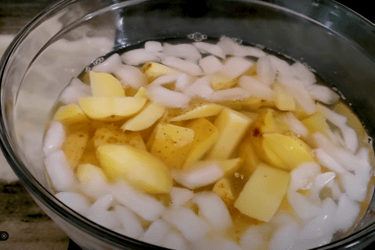

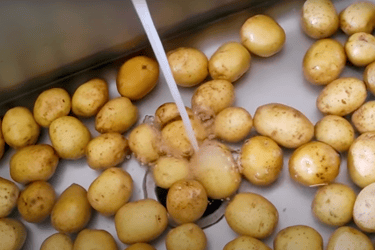

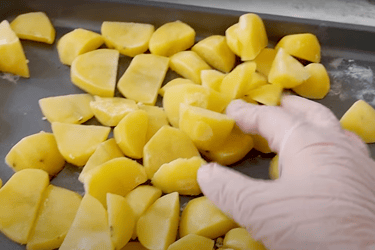

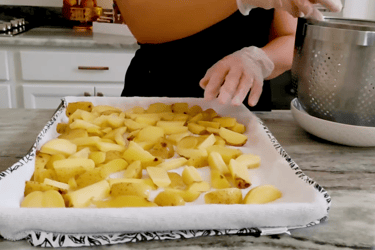

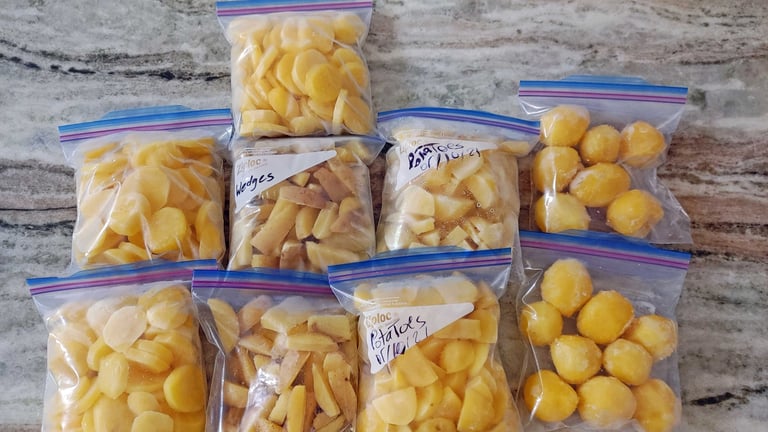

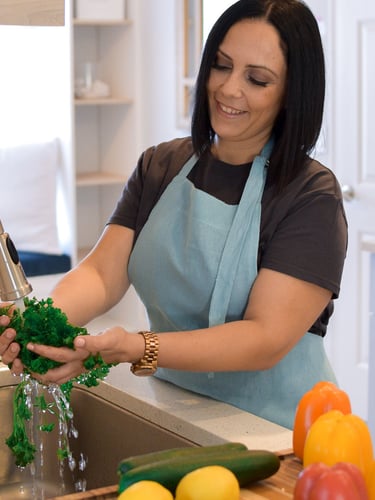

Join the Smart Kitchen Community
If you love tips on freezing, storing, and enjoying food the smart way, you're in the right place! Don’t forget to Grab my Free Guide: 10 Foods You’re Freezing Wrong (And How to Fix It)
📝 Looking for more kitchen-smart recipes? Explore the Recipes section of the blog.

